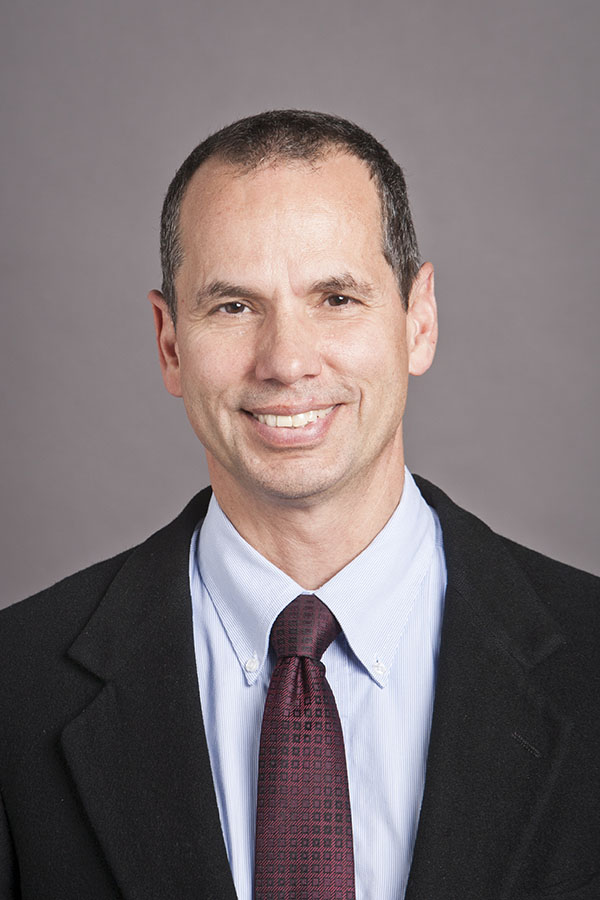Winter 2015/2016
By Francisco “Paco” Trilla, M.D., Chief Medical Officer

We can’t know if we are serving our members well unless we take a critical look at the services they are offered and the manner in which they are provided. That’s one of the reasons Accountable Care Organizations (ACO) exist. As networks of primary care providers, specialists, hospitals, and insurers dedicated to helping patients, ACOs help us measure the quality of care being offered as well as the savings generated by a team of health care professionals.
As part of Neighborhood’s ACO exploratory work, we are now able to use real-time patient data from lab work, surveys, and office visits to measure success and to match resources strategically with the members who need them most. Advancements in information technology are allowing us to see and to respond to provider and patient needs in ways that would have been impossible even five years ago.
For example, Neighborhood can see the small but incredibly costly minority of patients in every doctor’s panel – the ones whose multiple comorbidities demand an overwhelming amount of a provider’s resources. Neighborhood can work with the provider to temporarily shift those members into a more intensive program that provides them with one-on-one care, including 24-hour telephone access to a health care professional. By taking this step, we not only meet their medical needs but we prevent unnecessary emergency room visits and expensive missed doctor’s appointments.This is just one of the ways in which we put into practice the standard of prioritizing outcomes over volume. Another includes Neighborhood’s use of predictive modeling based on patient statistics. When we work to anticipate the medical needs of our members along with the costs associated with those needs, we are better prepared to provide them with the most efficient, high-quality care possible.
Neighborhood’s active measurement of quality also will incentivize the work being done by the Accountable Care Organizations; when an ACO meets its quality goals and does so under its predicted budget, its doctors share in a portion of the savings. Here again, providers can exercise some of their strong influence in helping to direct their patients to the most appropriate health care setting.
By continuing our focus on preventative care, offering services at home or via a primary care setting, and incentivizing patient outcomes rather than volume, we continue our progress toward providing the best possible care for patients.
